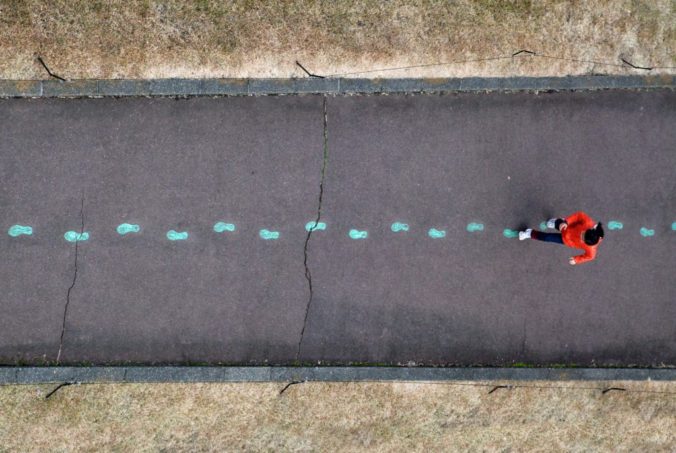Environment factors:

How to study has always been a problem that troubles most people. People need to learn constantly from birth, but obviously, everyone has different results. Regardless of IQ, the environment is one of the most important factors.
Personal Example:
For example, what kind of family the child grows up in, parents’ way of education, children’s interests, and so on. Although I am now a university student, there are still big flaws in my learning style. Sometimes I feel like I’m not studying at all, I’m just getting things done, and I don’t want to study at all. I need to read thousands of articles and do a lot of homework every day, which makes me have lost interest in learning.
In a big environment:

This kind of situation is very common in China, facing limited educational resources, children have great pressure from childhood, and some parents even enroll their children in cram schools. I have never seen children in any country work as hard as they do in China. They can solve many math questions, even more than foreign university students. But when you ask them what they want to do in the future and why they want to study, they don’t know how to answer. Maybe it’s to find a job when they grow up. Chinese students have lost interest, freedom, and rest. They are not studying, and they are just completing tasks.
Therefore, we need to change this kind of environment. We should give children a happy childhood, cultivate their interests and hobbies, liberate their minds, and use a more efficient way to accomplish what they want to do.
Question: Imagine if you wiped out your environment and put yourself in a new one. Would you be the same person?
Reference:
GrggU. [GrggU]. (2019, October 6). General Principles of Learning. [Video]. Youtube. https://www.youtube.com/watch?v=Bnd_di_cqGQ&t=158s

Recent Comments